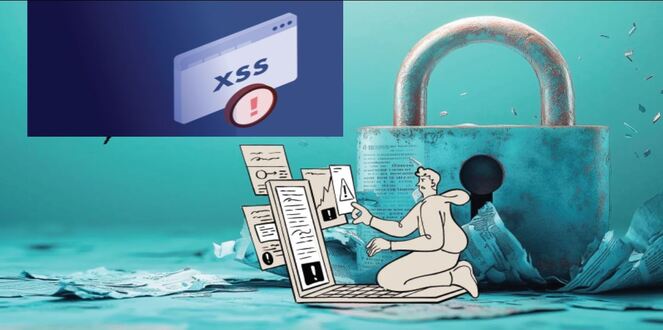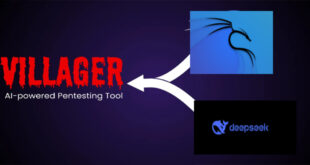A newly discovered multi-stage Adversary-in-the-Middle (AitM) phishing and BEC attack campaign has been targeting banking and financial organizations. According to Microsoft, the attack originated from a compromised trusted vendor and transitioned to a series of AitM and BEC attacks. During this period, the attackers abused the trusted relationship between vendors, suppliers, and other partner organizations to launch financial fraud.
To launch the attack, the attackers used an AiTM phishing kit developed by a threat group called Storm-1167.
ALSO READ:
Indian CoWIN health database leaked: How safe “Surokkha” in Bangladesh
- The attack began with a phishing email from a trusted vendor, which contained a unique seven-digit code as the subject.
- The email body included a link to view or download a fax document, leading to a malicious URL hosted on Canva.
- Once the victim clicked on the URL, they were redirected to a phishing page that spoofed a Microsoft sign-in page hosted on the Tencent cloud platform.
- After the victim provided their passwords, the attackers initiated an authentication session with the victims’ credentials.
Key highlight:
- The phishing kit enabled the attackers to send out more than 16,000 emails to a target’s contacts as part of the second-stage phishing campaign.
- Furthermore, a new SMS-based 2FA method is added to the target account, to sign in using the pilfered credentials sans attracting any attention.
What more?
The development comes less than a month after Microsoft warned of a surge in BEC attacks and the evolving tactics employed by cybercriminals.
- In one such attack, the scammers were found purchasing IP addresses from residential IP services.
- This provided them with an opportunity to access the victim’s account and gather other credentials.
- In another attack, scammers deployed phishing-as-a-service platforms, such as BulletProftLink, to host phishing and BEC sites.
Recommendations:
To remediate the issue, it is recommended to reset the passwords for compromised users. Additionally, enterprises should implement strong authentication measures and configure their mail systems to flag messages from non-trustworthy sources. Employees should also receive training to recognize fraudulent and malicious emails to prevent successful BEC attacks.
Source: Cyware
 InfoSecBulletin Cybersecurity for mankind
InfoSecBulletin Cybersecurity for mankind














